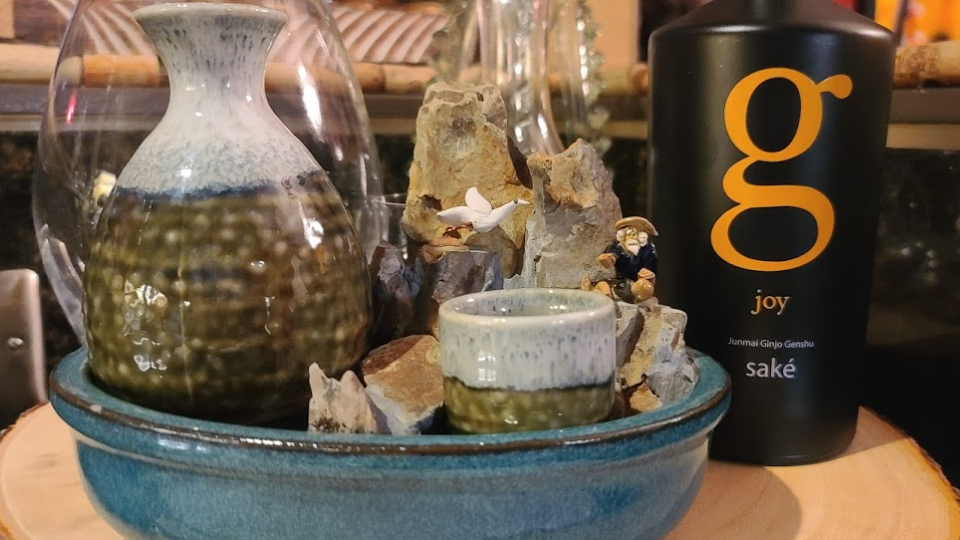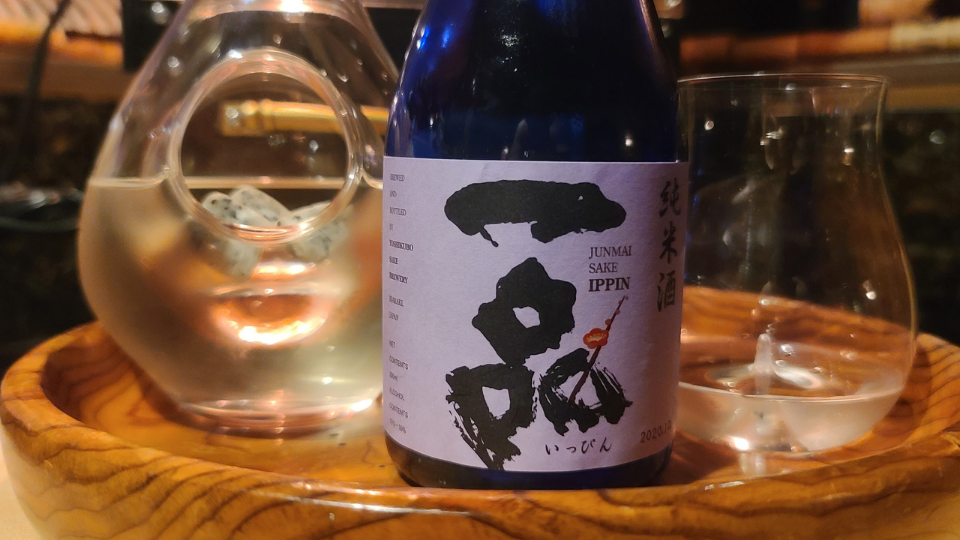From past to present, this brewery has redefined sake beyond its borders. I have been a disciple of sake for years. I attend tasting events, seek out sake at restaurants, buy bottles of sake weekly for my consumption and I’m even a sake certified sommelier. Nothing gives enough great praise to see brewers coming to the US to make premium sake. Call it cultural or political, most haven’t traveled outside of Japan. Just like the wine industry, wine is a global production sensation, and I ask anyone why can’t sake be produced outside of Japan?
There IS currently an explosive movement to spread Sake Love. SakeOne Corporation has been on the forefront to support the sake industry of Japan to expand it internationally. Established in 1992, SakeOne is known to be a premium sake DISTRIBUTOR based out of Japan. They finally decided to lay their stake in the US and pioneer Sake Traditionally made on American soil.
They claim to be the FIRST only craft brewery of sake in the US, but that’s not true. Maybe the first Corporation, but you have Ozeki established in 79, and Takara in 83, both from Japan, who began making sake in their home frontier for decades. Yet, there are sake breweries bred in Texas, Main, even Minnesota, that truly American Sake!
Why such an exodus? Sake is a very sensitive alcoholic beverage, without preservatives. It’s basically made with three ingredients: water, rice, and yeast, that’s it! Essentially, it doesn’t travel well or have a long shelf. Mavericks from Japan thought, rather than have their bottles travel overseas thousands of miles to just end up tasting like a fortified wine, the decision was to begin producing their sake in foreign countries. Fast forward, Sakeone Corporation, supposedly found the PURE waters in Oregon that ultimately would clone a bonafide Sake out of Japan. I’m confused as to how Forest Grove, Oregon in the Willamette Valley was christened to have the “Mary Jesus” of cleansed water to make their Sake. California shares the same source of the Pacific Ocean with Oregon and I wouldn’t exactly say, California has a pure source of water.
I love the fact that the Toji they employed is from Japan and is no stranger to the traditional methods of Sake production. Master Brewer Takumi Kuwabara, is the current Toji and he’s passionately keeping Sake true to form by specializing in Daiginjo styles. He even worked for Takara USA before SakeOne (Imagine that!).
The president of this Corporate cell is Steve Vuylsteke since 2009, who in fact is an Oregonian native. His parents are one of the Pinot Noir Pioneers of the ’70s, establishing one of the oldest wineries in Willamette, Oak Knoll. I’d say Steve comes from royalty, but with business sense. It was a no brainer to be knighted as CEO of the corporation, having a long history of managing the top wineries in Oregon.
The G stands for Genshu, meaning no water was added before bottling to dilute the sake. What that means for you, is a hearty, meaty, full-strength brew. Most sake clocks in at 14-15% alcohol, but this baby is an alarming 18%! Ay Chihuahua! It’s pasteurized 2x. Maybe that “pure” water couldn’t do the job. Toji Kuwabara manages to polish the rice down to 58% when the minimum is usually 70%. Anyway, despite its Hungry Man meal of a Sake, it really falls flat on its face. For a corporation that boasts to make premium sake on USA soils, this is no Chiyonosono Sacred Powers Sake. I found the nose to be invisible, with light notes of apple pie, lemon yogurt, and yuzu. On the palate, it progresses light, yet mouth-coating on the core and burns on the length. Savory flavors were more pronounced, with a mint leaf, creamy white mushrooms, red delicious apples over cheddar cheese, with an undertone mandarin orange short finish. It is very unbalanced, where the alcohol overpowers delicate nuances. I wouldn’t want this sake to be anyone’s introduction to this historical brew… Thoughts anyone?
I like the G Joy….but it didn’t exactly hit my “G Spot”
FOR YOUR SAKE EDUCATION… PLEASE CLICK FOR SAKE 101 ALONG WITH CHARTS.
KAMPAI
Ciao! Hope you enjoyed my article, please comment below Love your feedback.
Thank you and remember Taste Small Live Big!
Follow me on Instagram @allaboutsake



